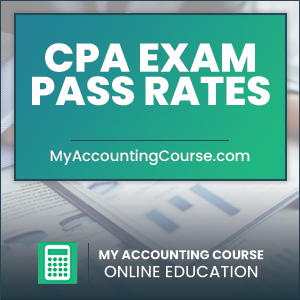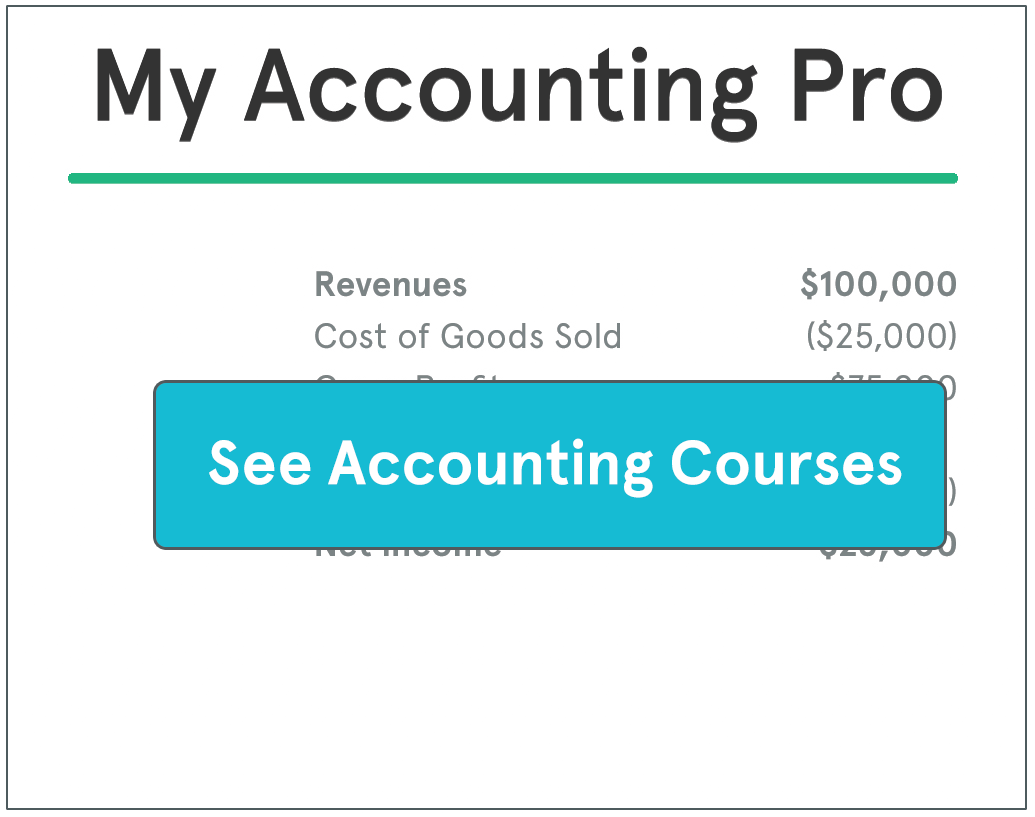 The Certified Public Accountant (CPA) Exam is one of the most challenging professional certification tests, with rigorous content that evaluates a candidate’s knowledge and skills across a wide range of accounting and business topics.
The Certified Public Accountant (CPA) Exam is one of the most challenging professional certification tests, with rigorous content that evaluates a candidate’s knowledge and skills across a wide range of accounting and business topics.
An essential aspect of understanding the CPA Exam is examining its pass rates, which provide insight into the difficulty of each section and can help candidates set realistic expectations.
This guide explores CPA Exam pass rates, historical trends, factors influencing them, and strategies for improving your chances of success.
What Are CPA Exam Pass Rates?
Contents
CPA Exam pass rates represent the percentage of candidates who pass a specific section of the exam within a given testing period. The American Institute of Certified Public Accountants (AICPA), which administers the exam, releases these statistics quarterly. The pass rates help prospective candidates understand how well others perform on the exam and gauge the relative difficulty of each section.
Each of the four CPA Exam sections has its own pass rate:
- Auditing and Attestation (AUD)
- Business Environment and Concepts (BEC)
- Financial Accounting and Reporting (FAR)
- Regulation (REG)
For example, if 1,000 candidates take the FAR section in a given quarter and 450 pass, the pass rate for that period would be 45%. Understanding these rates can help candidates prioritize their preparation and focus on the most challenging sections.
Below is a table summarizing the CPA Exam pass rates for each section over the past three years:
| Year | AUD | BEC | FAR | REG |
| 2021 | 49.98% | 61.94% | 44.54% | 59.88% |
| 2022 | 48.16% | 59.68% | 44.93% | 61.10% |
| 2023 | 46.75% | 47.44% | 42.12% | 57.82% |
These statistics indicate a general decline in pass rates across most sections in 2023 compared to previous years, with BEC experiencing a notable decrease.
Historical CPA Exam Pass Rates
Pass rates for the CPA Exam have historically averaged around 50%, reflecting the exam’s rigorous standards. However, there are notable differences in pass rates across the four sections:
Auditing and Attestation (AUD)
AUD pass rates typically range from 45% to 55%. This section tests candidates’ knowledge of auditing procedures, standards, and ethics. While AUD is conceptually challenging, candidates with practical experience in auditing may find it more manageable.
Business Environment and Concepts (BEC)
BEC often has the highest pass rates among the four sections, usually exceeding 55%. This section includes a mix of multiple-choice questions (MCQs), task-based simulations (TBS), and written communication tasks. The inclusion of written tasks, which assess professional communication skills, may explain why candidates with strong business backgrounds tend to perform well.
Financial Accounting and Reporting (FAR)
FAR is widely regarded as the most challenging section due to its broad and detailed content. Pass rates for FAR generally fall between 40% and 50%. The section covers financial statements, governmental accounting, pensions, and other complex topics, requiring candidates to master a large volume of material.
Regulation (REG)
REG pass rates range from 45% to 55%. This section tests knowledge of federal taxation, ethics, and business law. The technical nature of tax laws can make REG particularly challenging for candidates without a strong tax background.
Example 2022 Pass Rates:
- AUD: 48.6%
- BEC: 59.7%
- FAR: 45.6%
- REG: 50.4%
Factors Influencing CPA Exam Pass Rates
Several factors contribute to the varying pass rates for CPA Exam sections:
#1 Content Difficulty
Sections like FAR have lower pass rates due to the extensive syllabus and complexity of the material. In contrast, BEC’s focus on conceptual topics and business applications tends to result in higher pass rates.
#2 Candidate Preparedness
Preparedness plays a significant role in pass rates. Candidates who follow structured study plans, use CPA review courses, and practice under exam-like conditions are more likely to pass.
#3 Exam Changes
Updates to exam content, such as changes in tax laws or accounting standards, can impact pass rates. Candidates taking the exam during transition periods may face challenges adapting to new material.
#4 Adaptive Testing
The CPA Exam’s adaptive testing format adjusts the difficulty of the second MCQ testlet based on performance in the first. Higher difficulty levels can be challenging but offer an opportunity to earn more points.
#5 Background and Experience
Candidates with academic or professional experience in areas like taxation or auditing tend to perform better in related sections. For instance, a tax professional may find REG easier than a candidate without similar experience.
How to Use Pass Rates to Plan Your CPA Exam Strategy
While pass rates provide insight into the relative difficulty of each section, they should not be the sole determinant of your exam strategy. Use the following tips to incorporate pass rates into your planning:
Sequence Your Exams Strategically
Many candidates choose to take the most challenging section first. For example, starting with FAR allows you to tackle the most demanding material early in your journey. Others may opt to begin with a section they feel confident in, such as BEC, to build momentum.
Allocate Study Time Based on Difficulty
Dedicate more study time to sections with lower pass rates, such as FAR and AUD. For example, plan to spend 120–150 hours preparing for FAR and 80–100 hours for BEC.
Adjust Your Approach Based on Strengths
If you have a background in auditing, you may need less time to prepare for AUD. Conversely, allocate extra time for sections that cover unfamiliar topics.
Strategies to Improve Your CPA Pass Rate
#1 Use a Reputable CPA Review Course
CPA review courses, such as Becker, Wiley, and Roger, offer comprehensive study materials, practice questions, and simulations aligned with the exam’s content. These courses can significantly improve your preparedness and confidence.
#2 Practice Under Timed Conditions
Simulating exam conditions during practice helps you develop time management skills and build stamina. For instance, complete a full set of MCQs within a 45-minute period to mimic test-day constraints.
#3 Focus on Weak Areas
Identify topics where you struggle and dedicate additional study time to mastering them. For example, if governmental accounting is challenging, prioritize it during your FAR preparation.
#4 Stay Updated on Exam Changes
The AICPA periodically updates the CPA Exam Blueprint to reflect changes in accounting and tax standards. Familiarize yourself with these updates to ensure you study relevant material.
#5 Manage Exam Day Stress
Arrive at the testing center early, review the tutorial on the exam interface, and take deep breaths to stay calm. Confidence and focus can significantly impact your performance.
Common Misconceptions About CPA Exam Pass Rates
Myth 1: Low Pass Rates Mean a Section Is Impossible
While low pass rates reflect the difficulty of sections like FAR, they do not indicate that success is unattainable. Proper preparation and time management can help you overcome even the most challenging sections.
Myth 2: High Pass Rates Make a Section Easy
Sections like BEC may have higher pass rates, but they still require diligent study and preparation. Underestimating these sections can lead to avoidable mistakes.
Myth 3: Pass Rates Vary by State
CPA Exam pass rates are consistent nationwide because the exam is uniform across jurisdictions. Differences in state requirements pertain to eligibility and licensure, not the exam itself.
Frequently Asked Questions
Why are CPA Exam pass rates relatively low?
The CPA Exam’s low pass rates reflect its rigorous standards and the breadth of knowledge required. The exam is designed to ensure that only qualified candidates earn certification.
Which CPA Exam section is the hardest?
Many candidates find FAR to be the most challenging due to its extensive content and detailed calculations. However, difficulty varies based on individual strengths and backgrounds.
How do continuous testing periods affect pass rates?
Continuous testing allows candidates to retake failed sections more quickly, potentially improving pass rates by reducing the time between attempts.
Bottom Line
CPA Exam pass rates provide valuable insights into the difficulty of each section and the preparation required for success.
By understanding pass rate trends and applying effective study strategies, candidates can improve their chances of passing all four sections and achieving their goal of becoming a CPA.
Remember, while pass rates highlight the exam’s challenges, they also reflect the importance of thorough preparation, discipline, and persistence in overcoming them.


